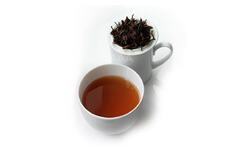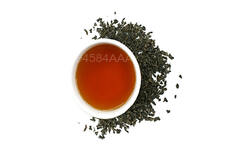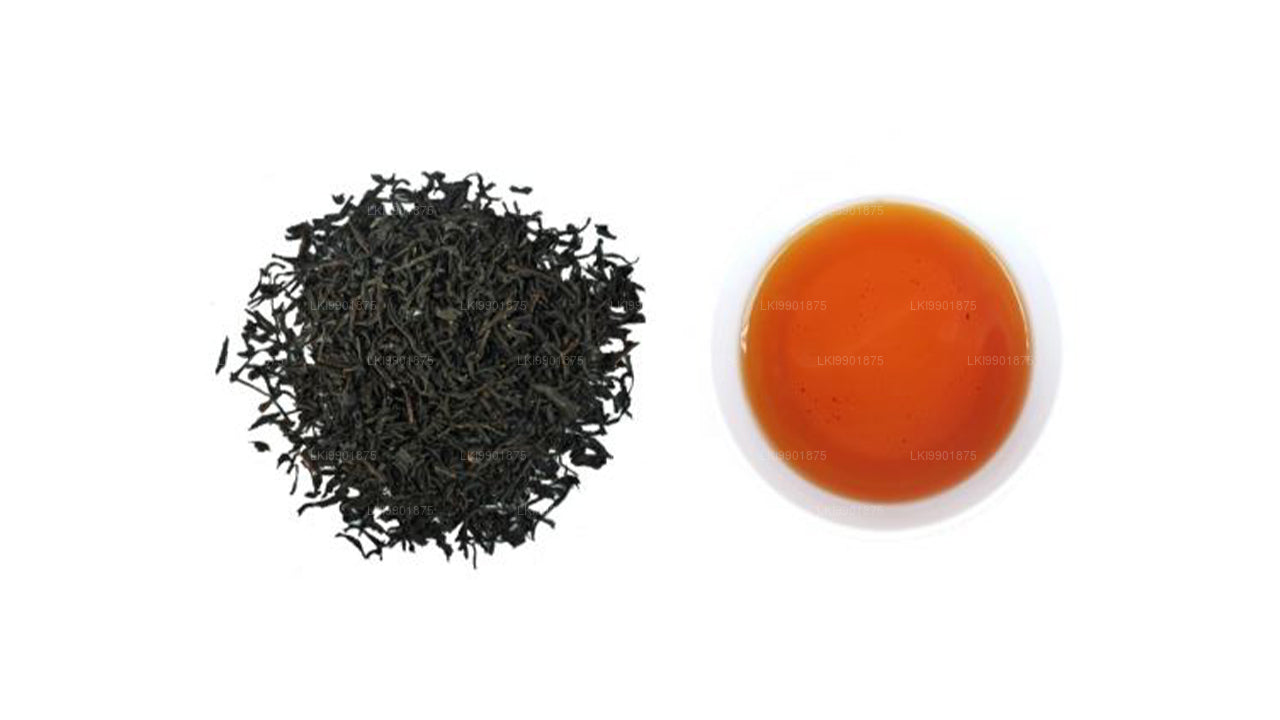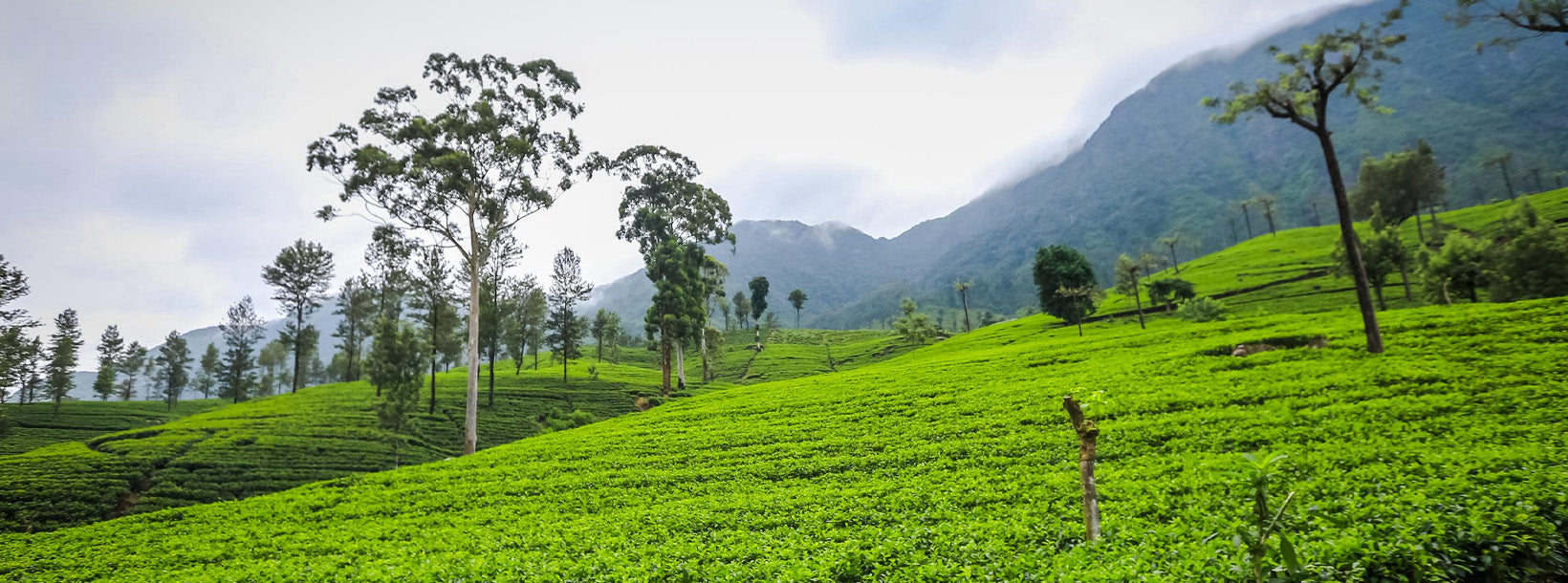
Piantagioni di tè
Le piantagioni di tè dello Sri Lanka, situate principalmente sugli altopiani centrali, sono rinomate per la produzione di alcuni dei tè più pregiati al mondo. Queste lussureggianti piantagioni, come quelle di Kandy, Nuwara Eliya e Hatton, offrono paesaggi panoramici e una ricca storia. Le piantagioni contribuiscono in modo significativo all'economia del paese, esportando tè di Ceylon di alta qualità in tutto il mondo.
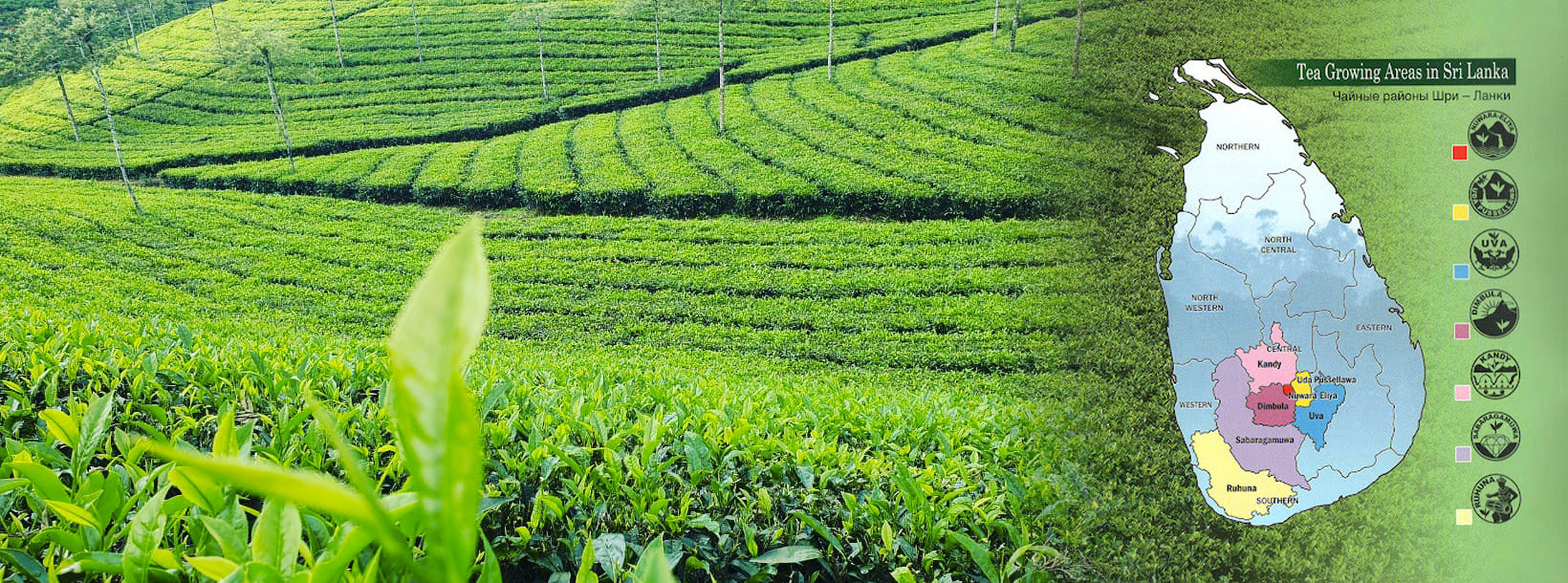
Regioni del tè di Ceylon
L'infuso nella tua tazza ha una storia da raccontare. Parla di dolci colline, sole splendente e province lussureggianti. In Sri Lanka, le province centrali e meridionali producono la maggior parte del tè. Le diverse altitudini e i microclimi influenzano il sapore, il colore, l'aroma e la stagionalità caratteristici del tè di Ceylon.
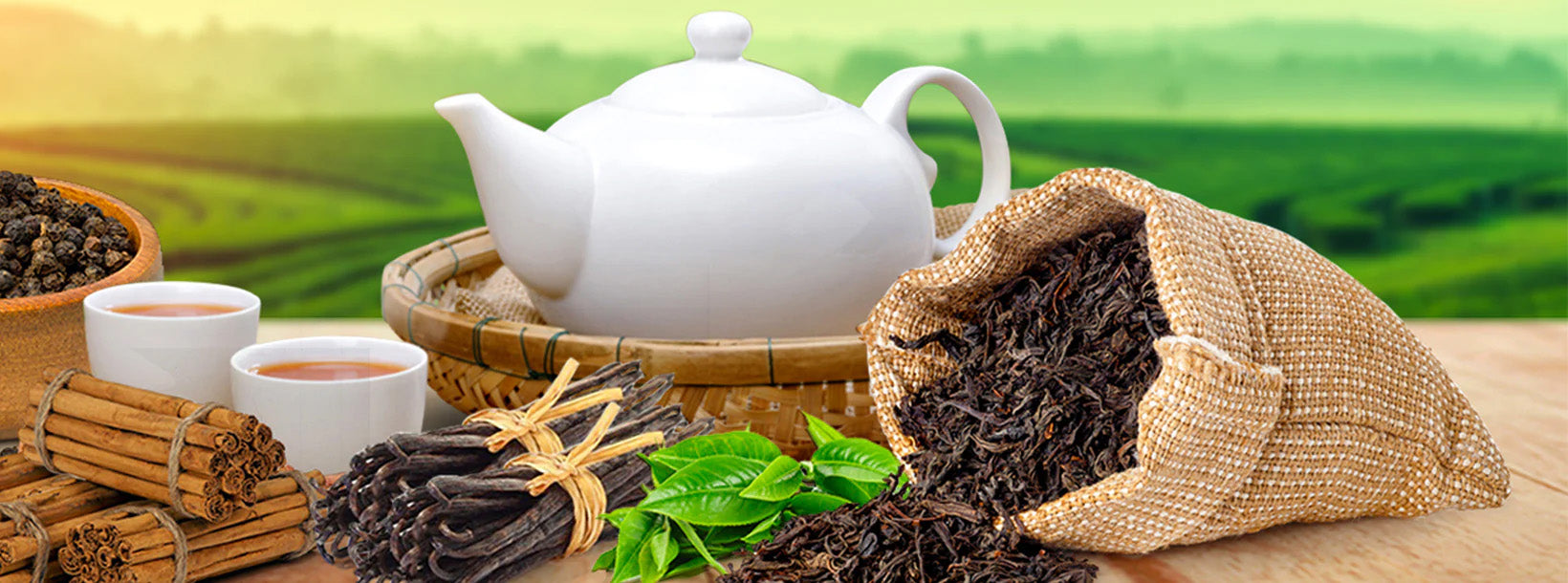
Gradi del tè nero di Ceylon
Il tè di Ceylon, come lo conosciamo oggi, è disponibile in diverse varietà, ognuna con sapori e aromi unici. Oltre alla varietà di tè, il tè di Ceylon è suddiviso in diverse qualità.
Nuwara Eliya Tea
Nuwara Eliya is also the most rugged mountainous area, with the highest average elevation in Sri Lanka.
The average annual temperature varies between 11-20 C° and the recorded lowest temperature is 0.4 C° and the recorded highest temperature is 27.7 C°.
Monthly rainfall varies between 70-225 mm and has an average annual rainfall figure or precipitation of 1900 mm.
The maximum rainfall is generally in October and the minimum rainfall is in March. During the year it has a relative humidity between 65%-87%.
Nuwara Eliya tea enjoys two ‘quality seasons’, the eastern as well as the western.
High altitude and year-round low temperatures produce a very slow-growing bush. Therefore, it grows unusually small leaves that take on an orange hue – just a hint against the blackness – after withering.
Further, the infused leaf acquires a greenish-yellow tone. The infusion in the cup is the palest among all the regional varieties of Ceylon Tea, with a subtle golden hue and a delicate yet fragrant bouquet.
As same as the other area`s tea, Nuwara Eliya is also producing different grades. Excluding certain exotic varieties, the most sought-after is whole-leaf orange pekoe (OP).
And also, slightly less costly, though still expensive broken orange pekoe (BOP) comes from this area. Generally speaking, the smaller leaf particle size, the stronger and less subtle the tea.
Sabaragamuwa Tea

